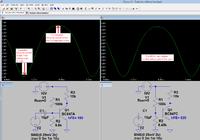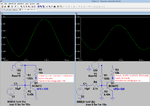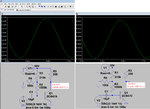cool_buddy
Newbie level 3

The amplifier has three stages.The input source is photodiode BPW34. i want to calculate gain for individual stages.i don no wat formula should be used.How to calculate...pl sumone help.I attached the circuit diagram.Also wat s te difference of taking output from emitter than collector??






